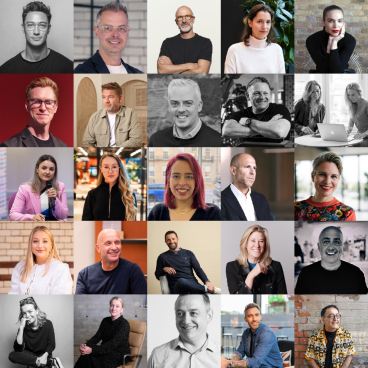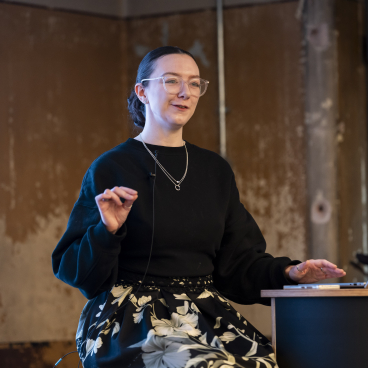John Whittaker, engineering director, Graphene Engineering Innovation Centre, on 'Manchester's material'.
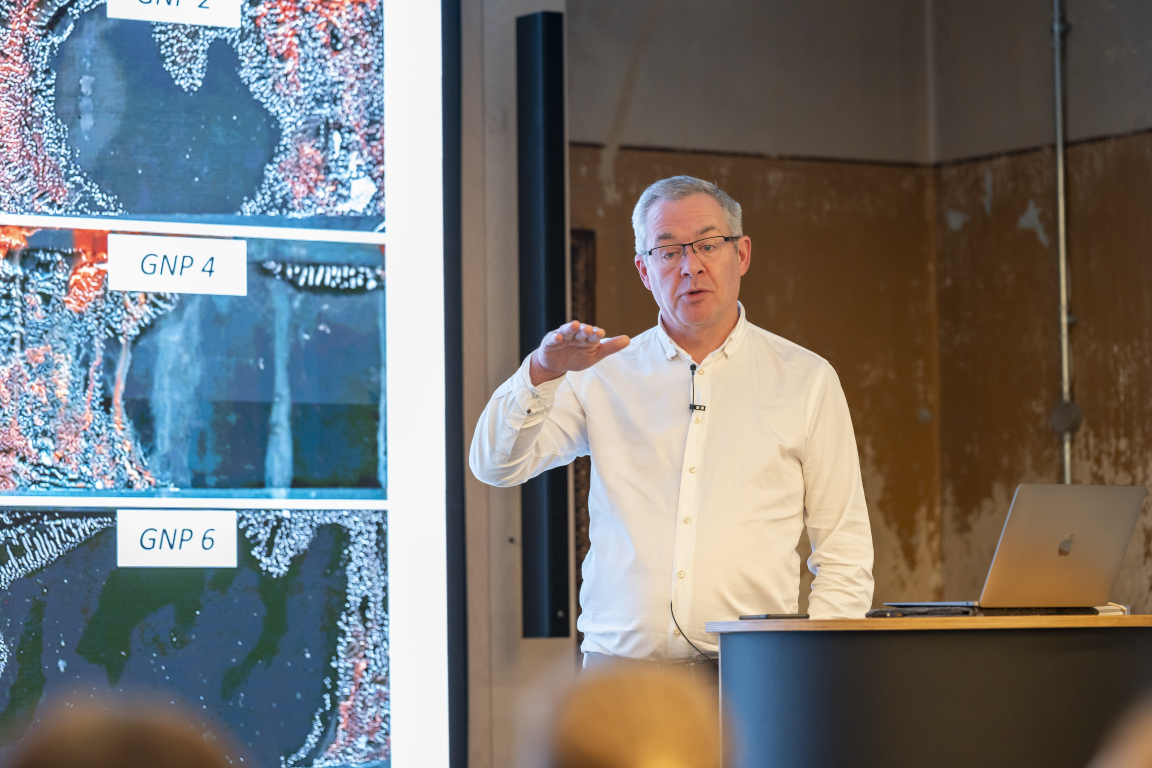
Credit: Victoria Middleton
How many products do you think there are on the market that contain graphene?
The answers from our audience at this morning's breakfast talk by John Whittaker, engineering director at Manchester University's Graphene Engineering Innovation Centre, which kicked off day two of our Community event, averaged 4,000.
In fact, it's 54million. Graphene might just be the most promising material you've never heard of.
So, what is graphene?
It's 20-years since graphene was first isolated here in Manchester. And although graphite has been used throughout history - its beneficial properties recognised and harnessed for tens of thousands of years - graphene in its 2D form - existing as one of 150 2D materials - is a relatively new innovation.
That said, graphene is very much market ready. It's moved, with the help of GEIC (Graphene Engineering Innovation Centre), from idea stage, through testing, and into viable product systems across many different industries. Right now, 35 companies are collaborating with John and the team to bring graphene into their products to reap the multitude of benefits.
Graphene is created by shearing away the layers of graphite to isolate one single layer. And though small, it is mighty. Its bonds are "diamond strength". For context, concrete's strength is 50 MPa (megapascal), and graphene's is 130 GPa.
As a material, graphene is also an electrical conductor and can transfer heat. Therefore, when embedded into systems it can enhance the thermal properties. Or similarly, draw heat away. This has spurred its adoption in mobile phone technology, and the automotive sector.
It also offers barrier properties for anti-corrosion. This is particularly useful for coating structures that will be exposed to saltwater, in seaside locations, for example.
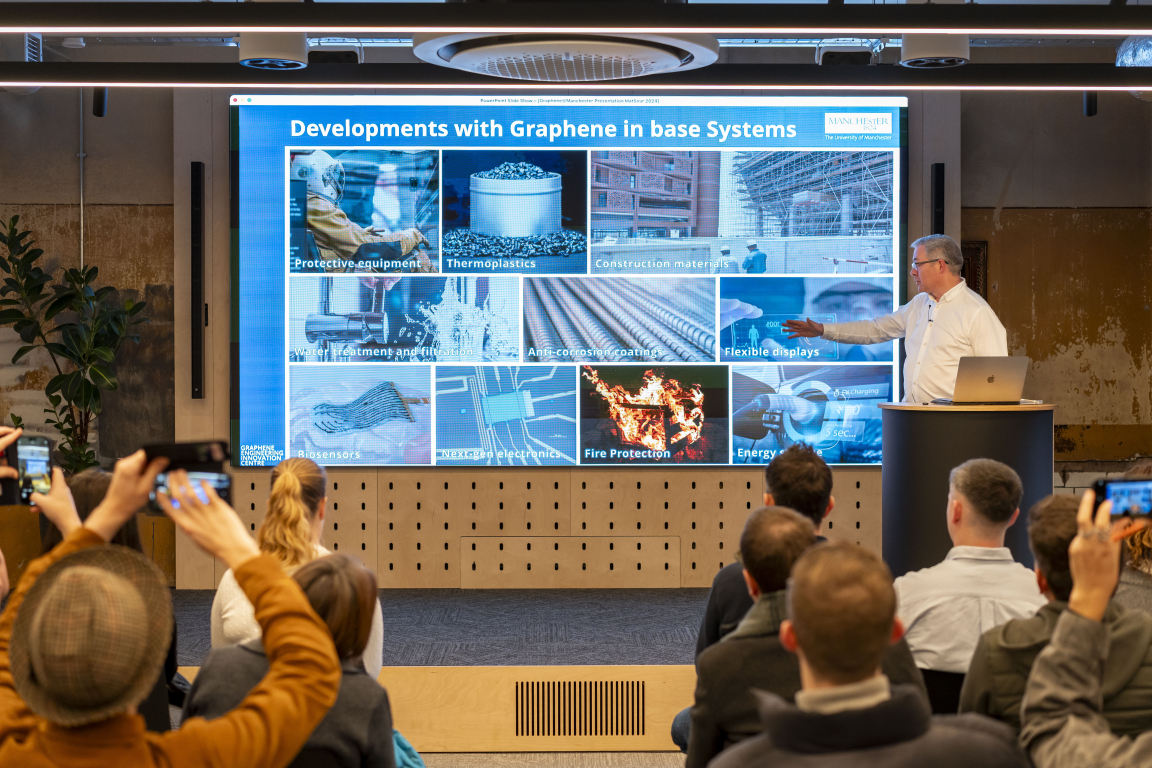
Credit: Victoria Middleton
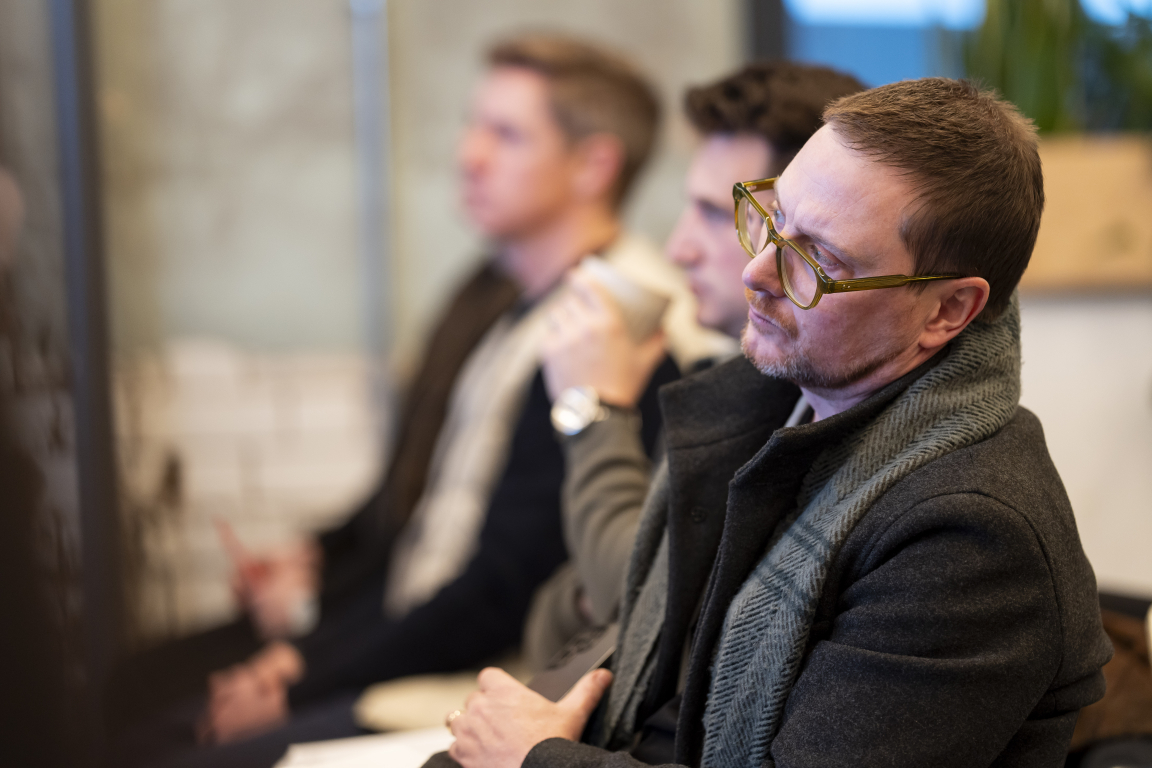
Credit: Victoria Middleton
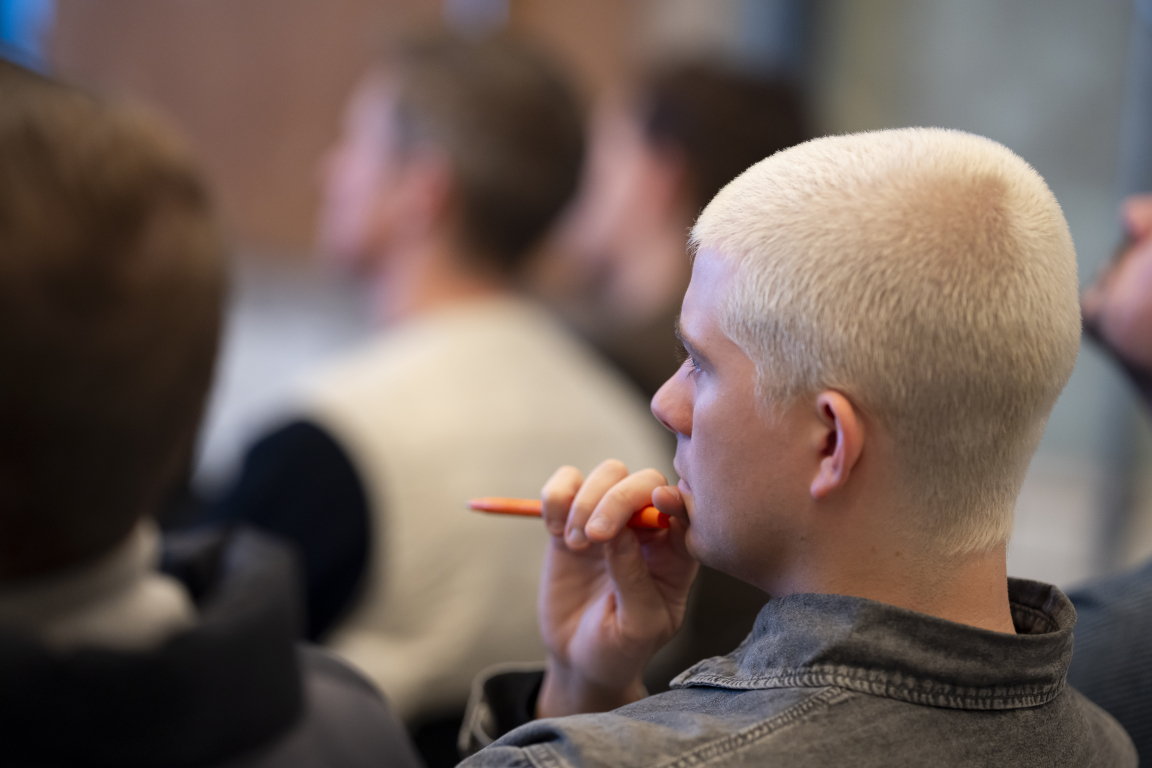
Credit: Victoria Middleton
Can it be scaled?
In short, yes. Graphene can be extracted at tonnage scale. John says it comes out as a natural part of the carbon captive cycle.
Just 1 gram of graphene (equivalent to a grain of salt) can cover an area sized 2630 m2/g (equivalent to two football pitches). How? Because "it's an atomically thin material."
This means it can also be printed. Onto cloth, for example, as a heating device.
When added to spent petroleum - would-be waste - it can be made usable again.
From protective equipment to thermoplastics, construction materials to water treatment and filtration, flexible displays to biosensors and next generation electronics - when graphene is implanted into an existing material system, John comments, it can make vast improvement.
"Graphene is no longer disruptive - it is now commercial."
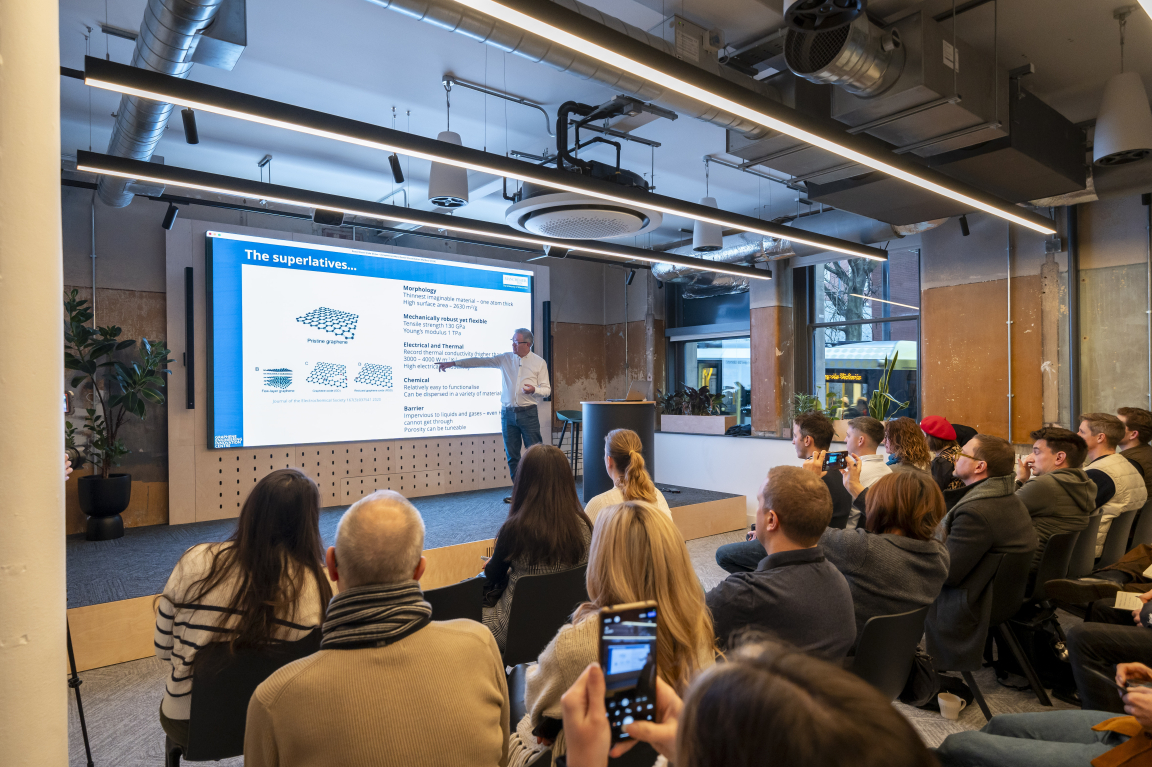
Credit: Victoria Middleton

Credit: Victoria Middleton
Low carbon concrete
In built environment, graphene is most typically being used in composites, cladding, roofing, bridges, masts, towers, pipes, tanks, and access covers. With the fact that 6-8% of the world's carbon emissions being produced as a result of cement production, graphene serves as an exciting prospect in curbing this through becoming a replacement in the material mix of concrete.
Thanks to its "super strength", by swapping 20% of cement for graphene, it not only remains strong, but gains additional strength.
And where concrete normally has a 28-day curing time, the addition of graphene reduces this to just seven.
"Imagine the potential in this to accelerate the building sector."
The shrinkage effect associated with concrete is also reduced by 50%.
Enhanced fire retardancy
As well as its strength, graphene can also enhance intumescent coatings by up to 40%, according to John. This takes the "time to failure" in a burning building to +10minutes - which, although John says may not sound like much, is significant when it comes to evacuation.
At GEIC, graphene product systems are tested rigorously and regularly - 1000 hours per week.
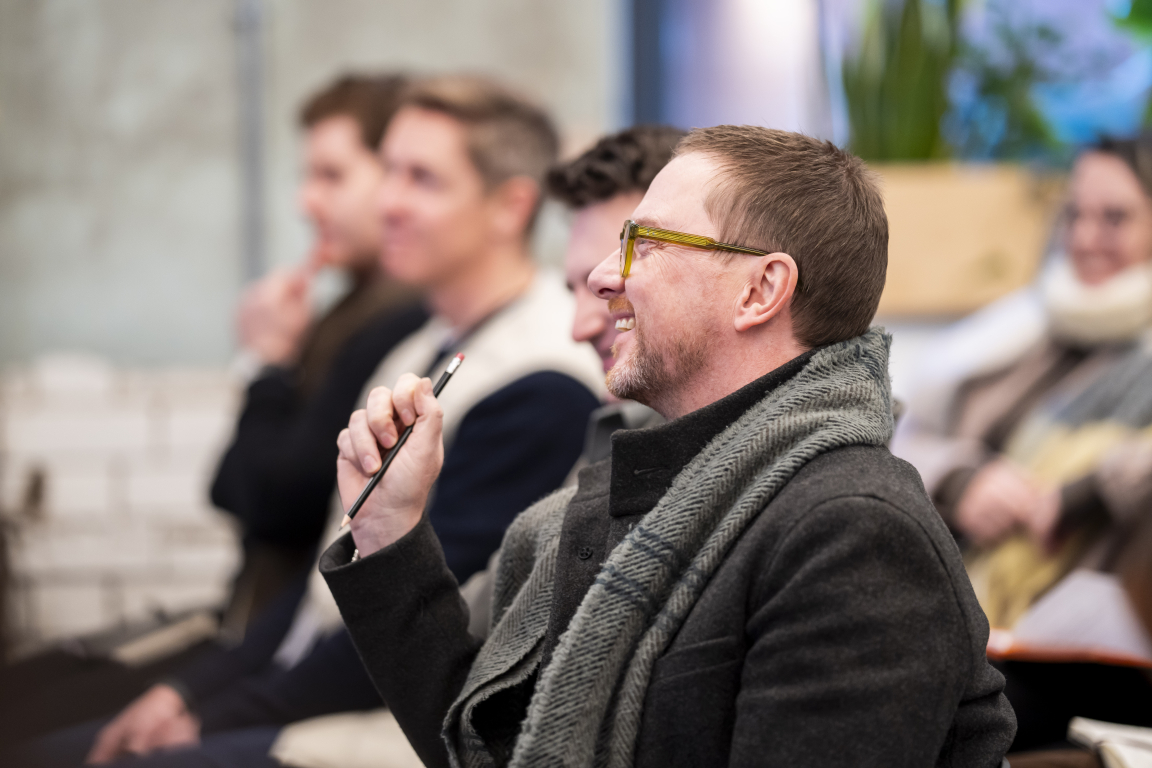
Credit: Victoria Middleton
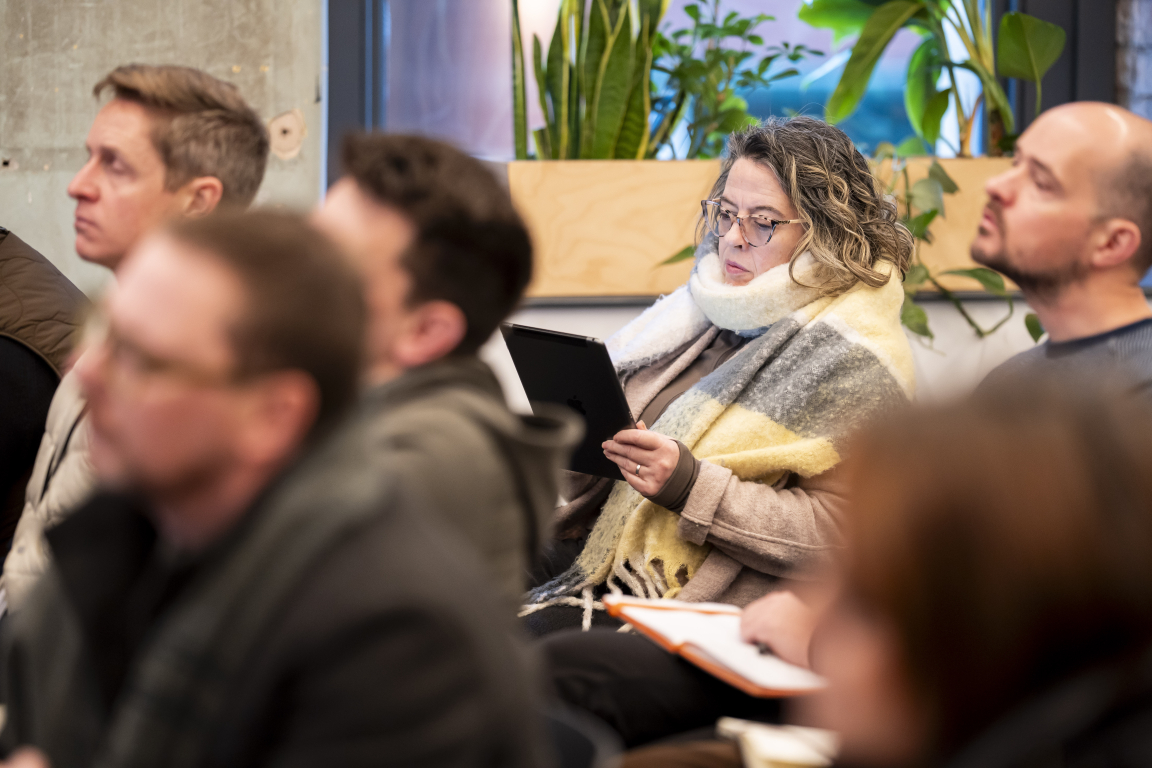
Credit: Victoria Middleton
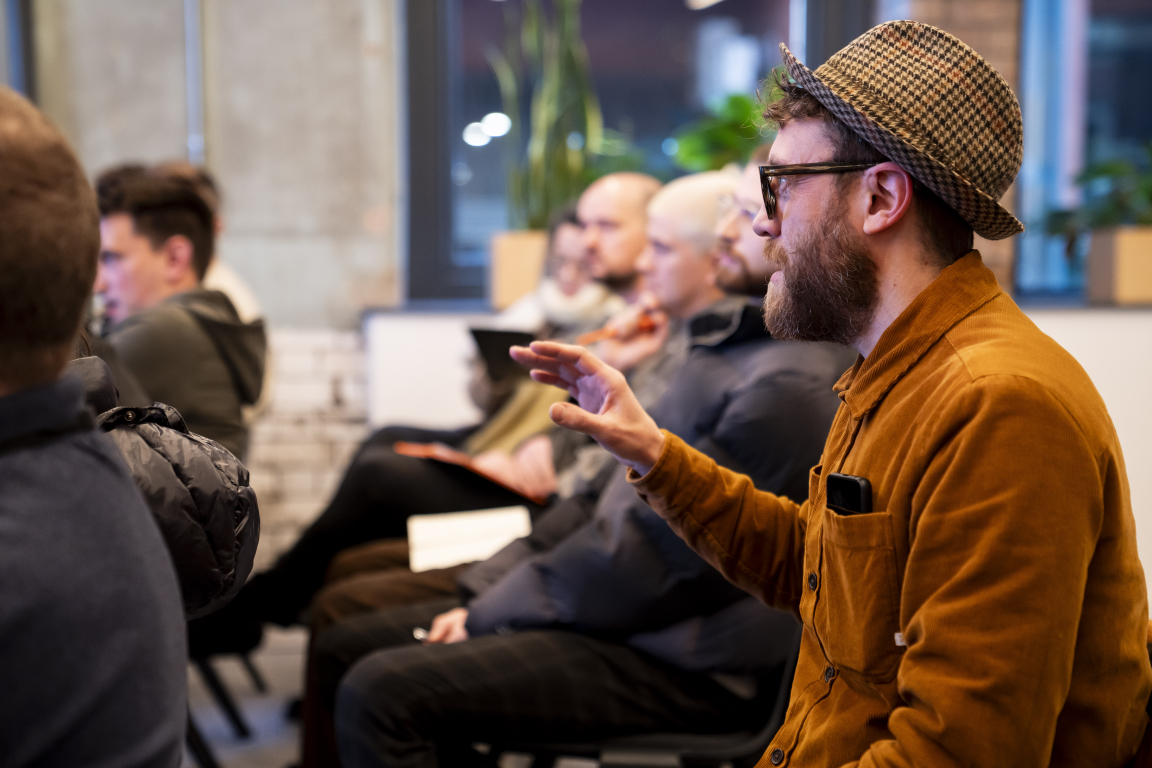
Credit: Victoria Middleton
Graphene's future
As John's talk came to a close, one audience member asked "where do I sign?" - perhaps capturing the majority of the room's excitement around such a seemingly wonderful alternative to some of the built environment sector's biggest challenges materially.
John says the mission of GEIC and its industry partners is to "fail quickly and cheaply" in order to find solutions as fast as possible.
Rather than having ideas fall into what John referred to as the "valley of death" before GEIC was founded, now concepts are more rapidly brought to market and scaled up for automation and production on a mass scale.
So, pie in the sky thinking this certainly is not. Rather a Manchester-made, practical option - open for adoption far and wide.
Is it safe? asked Isla Wishart, senior architect, Corstorphine & Wright. "There are a lot of misconceptions out there", answered John. "Can we ever say anything's 100% safe? No. But many studies have been carried and continue throughout Europe to suggest graphene is inert to the body." [Data is available from the graphene flagship].
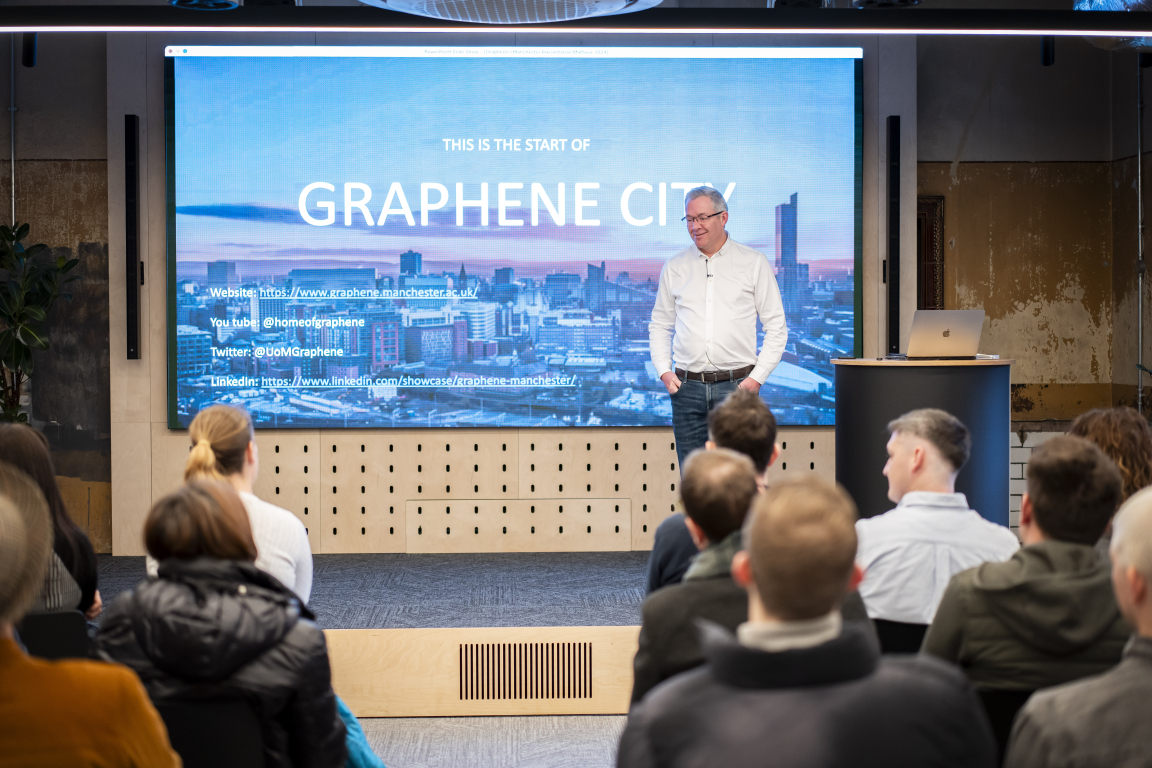
Credit: Victoria Middleton
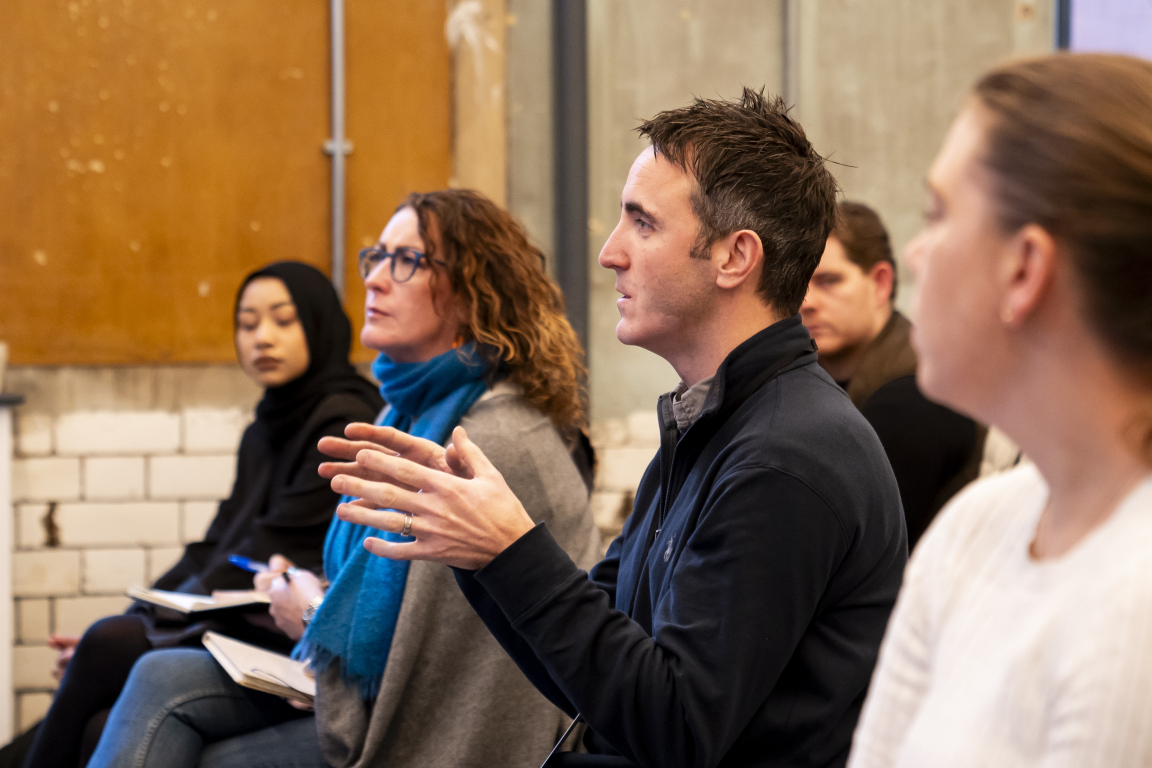
Credit: Victoria Middleton
A huge thank you to John for delivering such an inspiring talk as part of Community, and to all who joined us. If you missed the session, or are keen to learn more, be sure to attend our seminar in January at Material Source Studio Manchester where John is a panellist. Head to our What's On for tickets.
Community continues today with lunch & learns, workshops, food, drinks and live music. Join us.



